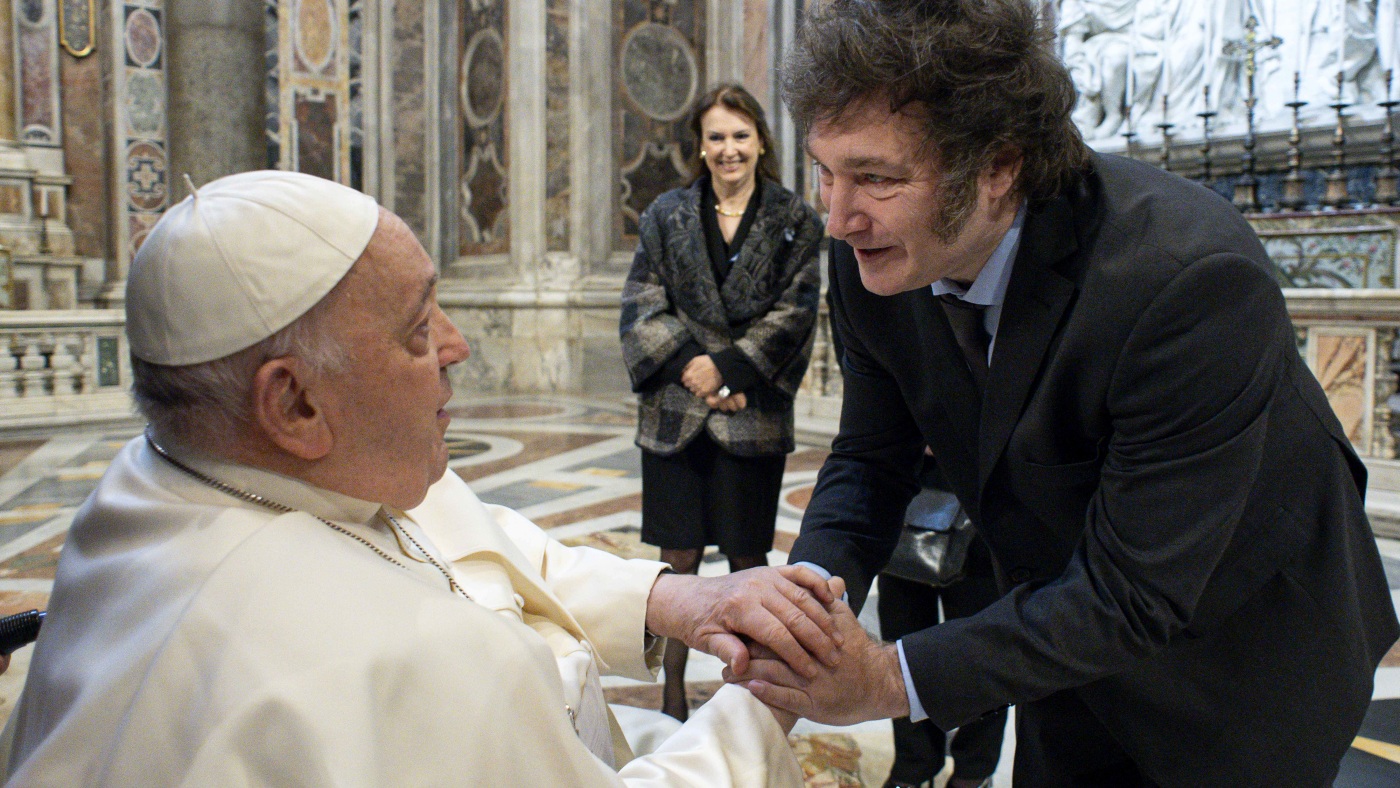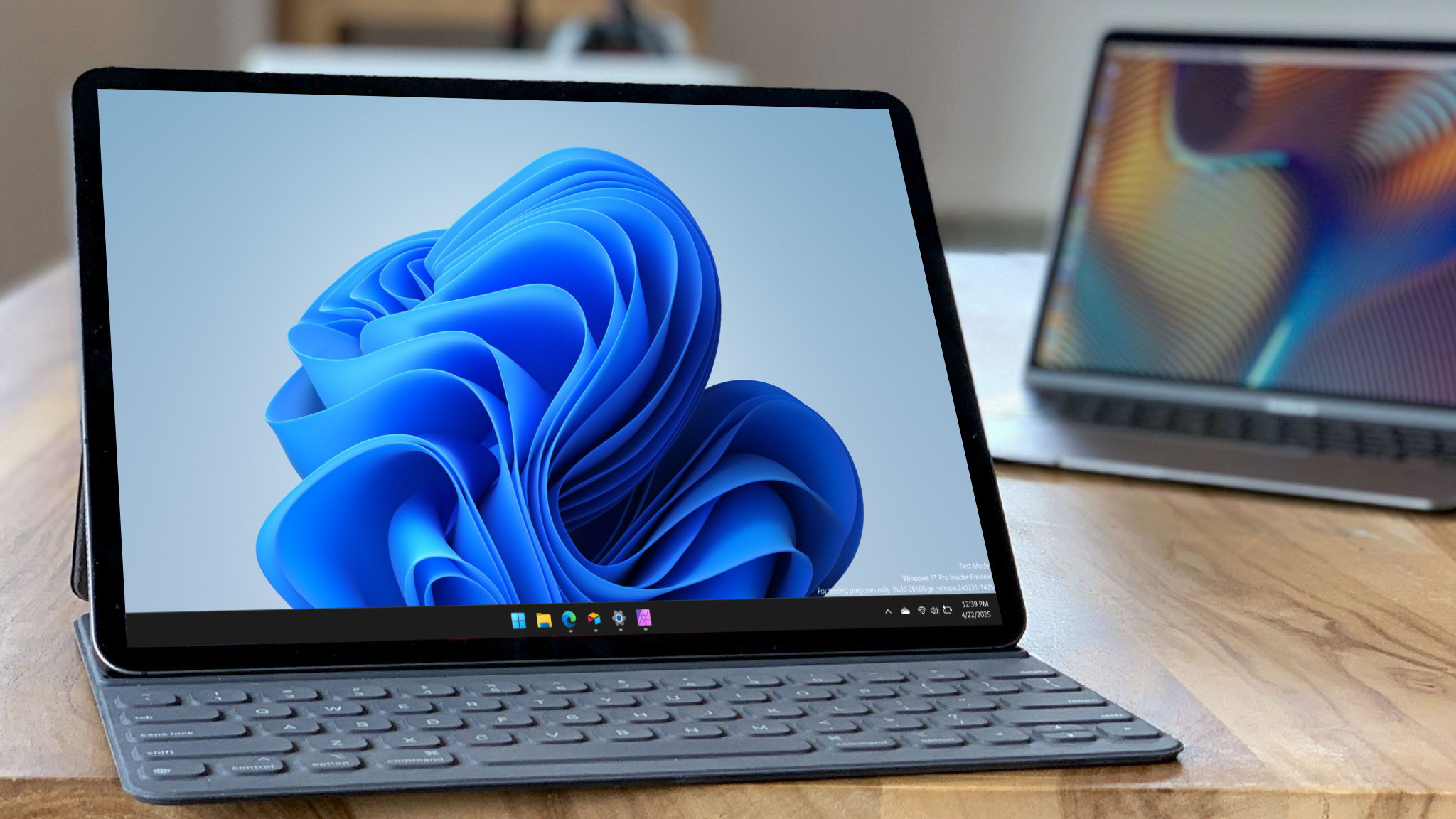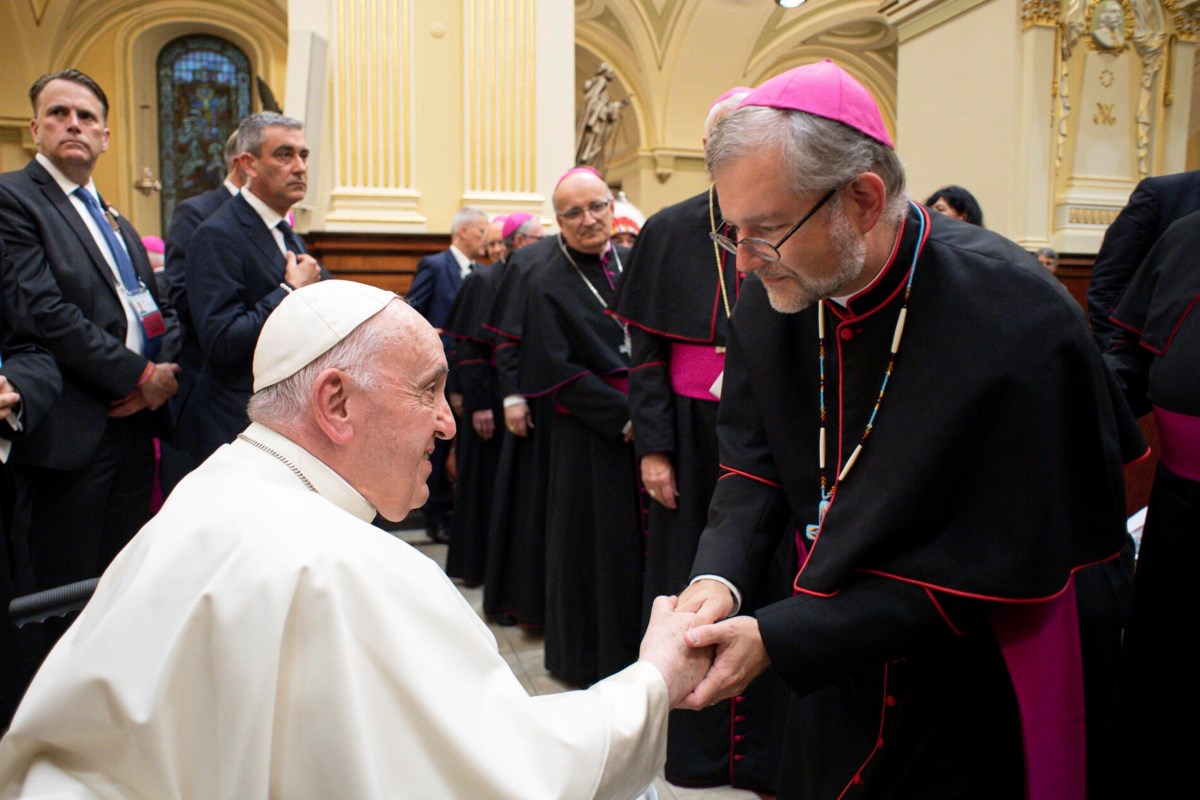Can Trump fire Powell? A look at the uncharted territory as the U.S. President renews attacks on Fed Chair
Donald Trump is reported to be studying whether to oust Federal Reserve Chair Jerome Powell, who he says has been too slow to cut rates. The news has jangled nerves on markets, but does the U.S. president have the power to sack a Fed boss? Reuters President Donald Trump on Monday kept up his verbal assault on Federal Reserve Chair Jerome Powell over the Fed’s refusal for now to further cut interest rates, rattling financial markets growing ever more fearful that Trump may ultimately try to fire the U.S. central bank chief over the matter. Can Trump fire Powell? Whether Trump has the authority to do so is unclear. The Federal Reserve Act of 1913 establishing the Fed stipulates that members of its Board of Governors, appointed by the president and confirmed by the Senate to staggered 14-year terms, can be only be removed for “cause” – long thought to mean misconduct, not policy disagreement. That said, the law omits reference to limits on removal from its description of the four-year term of the Fed chair, who is one of the seven governors. Would this be uncharted territory? There is no direct legal precedent, since no president has ever tried to fire a Fed chief. There are, however, lawsuits now working their way through the courts over unrelated firings by Trump being watched as possible proxies for whether he has that power. One is currently pending before the Supreme Court, where any attempt to fire Powell would almost certainly end up. What would firing Powell mean in practical terms? A lot would hinge on just how Trump might choose to “fire” the Fed chief. As each of his predecessors has done, Powell holds three roles – chair of the Federal Reserve System, member of the Board of Governors and chair of the Fed’s interest-rate-setting Federal Open Market Committee. Can Trump oust him just as Fed chair? Were Trump to try to remove Powell only as chair of the Fed system, Powell could remain a governor until that term expires at the end of January 2028. The next scheduled board vacancy does not occur until January 2026, which in the meantime would leave Trump only the option of nominating one of the other incumbent governors to be chair. Two of those other six were appointed by Trump in his first term – governors Christopher Waller and Michelle Bowman, whom Trump recently nominated as vice chair for bank oversight. Both, like Powell, have spoken about the importance of Fed independence, so it’s not clear that either immediately would deliver the rate cuts Trump wants. What about removing him as FOMC head? Trump has no direct control over who heads the FOMC. The FOMC chair is chosen annually by the panel’s 12 members – the seven governors, the president of the Federal Reserve Bank of New York and four of the other regional bank presidents, who serve on the panel on a rotating basis. By tradition the FOMC chooses the Fed chair as its head, with the New York Fed president as its vice chair. In theory, though, they could choose any of the members, including Powell should he still be a governor. … or as a governor? Removing Powell as a governor would have the largest impact. Were it to withstand legal challenge, it would give Trump both a board vacancy and chair vacancy to fill with a nominee of his own choosing. Also it would open the door to Trump firing as many of the other governors as he pleased to install a wider Fed leadership he saw as compliant with his wishes. Would Powell be able to challenge it? Should it occur, Powell would have the standing to challenge his firing in federal court, but he would have to fund that effort with personal resources. A lawyer and former private equity leader, he has the personal wealth to finance such an effort. Powell has said repeatedly that he believes his removal is not allowed under the law, and said more recently that he does not believe the cases working their way through the courts now over Trump’s firing of other independent federal board and agency members will apply to the Fed. Will it actually happen? The Wall Street Journal reported last week that Trump has discussed firing Powell and replacing him with Kevin Warsh, who served as a Fed governor between 2006 and 2011. Warsh, the paper said, has advised against that, advocating that Trump should allow Powell to remain until his term as Fed chair expires in May 2026. Also last week, White House economic adviser Kevin Hassett, also seen as a potential replacement to Powell, said the matter was the subject of ongoing study inside the administration.

















